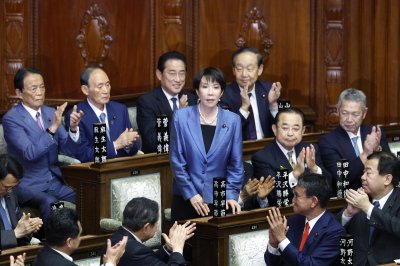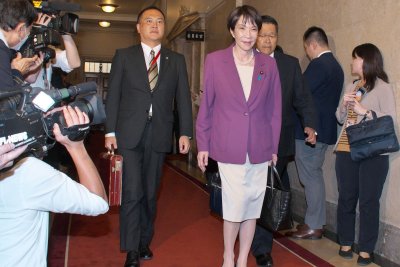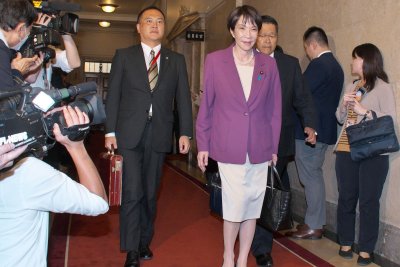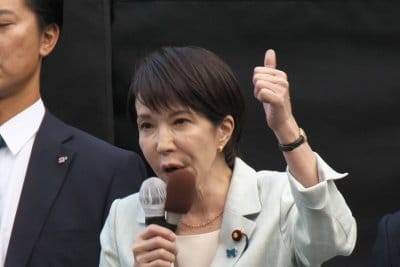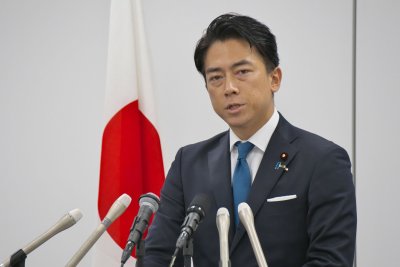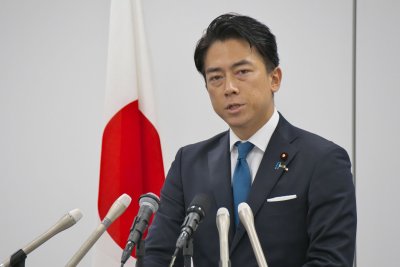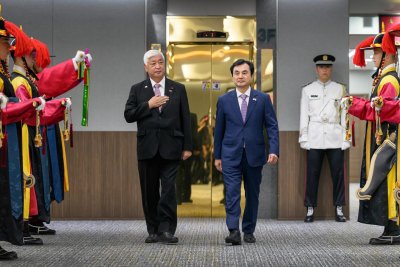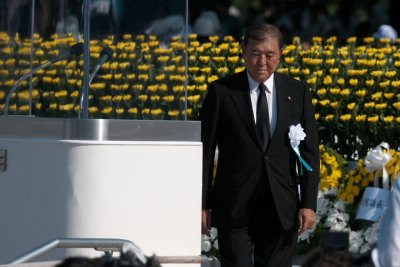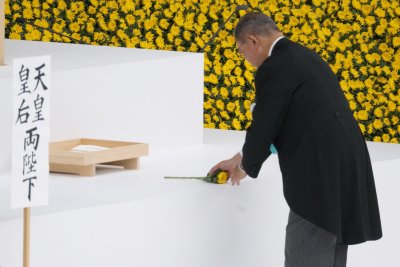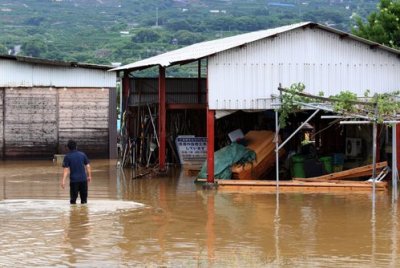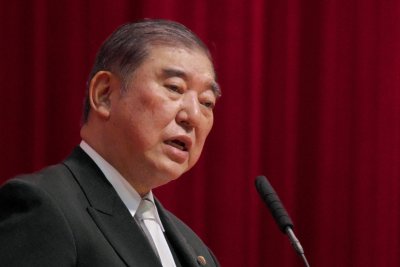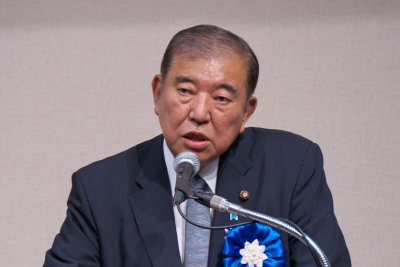Aug. 25 (UPI) — U.S. President Donald Trump and South Korean President Lee Jae Myung, meeting for the first time Monday, described their admiration for each other and pledged cooperation in trade and defense.
Trump shook the South Korean leader’s hand as he arrived at the White House. Lee took office in June after a snap election and Trump was back in office in January.
Yoon Suk Yeol was removed as president in April, arrested and jailed after being impeached in 2024 for a failed attempt to declare martial law.
Trump said there is a better relationship with Lee than with the former leader during a session with reporters before meeting privately.
“You’ve had a lot of leaders, I’ve gone through a lot of leaders in South Korea,” Trump said. “You know, it’s been quick. You’ll be there for a long time.
“The various leaders that I’ve dealt with, they were not approaching it properly, in my opinion, having to do with North Korea, but I think your approach is a much better one.”
Lee noted it was different when Joe Biden was U.S. President from 2021-2025.
“But during the short hiatus where you were out of office, North Korea developed further its nuclear and missile capabilities, and that led to a deterioration of the situation,” Lee said.
Trump, speaking wither reporters, said the two nations have common interests.
“We’re going to get [along] together great because we really sort of need each other,” Trump said. “We love what they do. We love their products. We love their ships. And they love what we have.
“We were dealing with them on Alaska,” Trump said about investing in a liquefied natural gas project. “You need oil and we have it.”
He said oil is probably what South Korea needs the most.
In April, when Trump imposed tariffs on foreign-made goods, South Korea was hit with a 25% reciprocal tariff. It was paused for 90 days and subsequently lowered to 15% after renegotiations in July. Most U.S. trading partners have been imposed with at least a 10% baseline fee.
The United States had a $66 billion goods trade deficit with the Asian country in 2024, a 28.5% increase over 2023.
On July 30, Trump said on Truth Social that “South Korea will give to the United States $350 Billion Dollars for Investments owned and controlled by the United States, and selected by myself, as President.”
South Korea also announced a $150 billion proposal, dubbed “Make America Shipbuilding Great Again,” in an effort to revive U.S. shipbuilding.
Lee, noting the Dow Jones Industrial Index is at a record high, said: “I hope Korea can be a part of that renaissance.”
He even praised the Oval Office decor, saying it is “bright and beautiful and it has the dignity of America.” Trump has added several gold touches to the office.
Trump had a different tone about South Korea earlier in the day, posting on Truth Social: “WHAT IS GOING ON IN SOUTH KOREA? Seems like a Purge or Revolution. We can’t have that and do business there. I am seeing the new President today at the White House.”
Trump said in the meeting with Lee that he was referring to raids on churches and on a U.S. military base by the South Korean government. Describing it as “intel,” he said they “probably shouldn’t have done.”
“We didn’t directly investigate the U.S base, we investigated the South Korea unit within the base. I will explain it to you more in detail later,” he told Trump.
Lee said a special counsel team is “conducting a fact-finding” investigation into the matter.
Trump said he is sure they will “work it out.”
Lee arrived in the U.S. capital after he met with Japanese Prime Minister Shigeru Ishiba in Tokyo, and said he learned more about negotiations between the United States and Japan, as well as getting tips on Trump’s negotiation style.
Currently, the U.S. has 28,000 troops stationed in the nation.
Trump said he would like for South Korea to give the U.S. ownership of land where the United States has built “a massive military base”.
Lee has been worried about threats from North Korea.
During their Oval Office meeting, Lee said he hoped Trump can work on establishing peace in the Korean Peninsula.
“I think you are the first president to have so much interest in the world’s peace issues and actually made achievements,” Lee said. “So, I hope you would make peace on the Korean Peninsula, which remains the only separated country in the world, and meet with [North Korea’s leader] Kim Jong Un.”
Lee jokingly said that a Trump tower should be built in North Korea, “so I can go play golf in Pyongyang, as well.”
Trump spoke about how he met with Kim at the border, the Demilitarized Zone, on June 30, 2018.
“Love going to DMZ,” Trump said about Kim, praising the dictator.
President Donald Trump greets South Korean President Lee Jae Myung outside the West Wing of the White House in Washington on August 25, 2025. Photo by Al Drago/UPI |
License Photo

